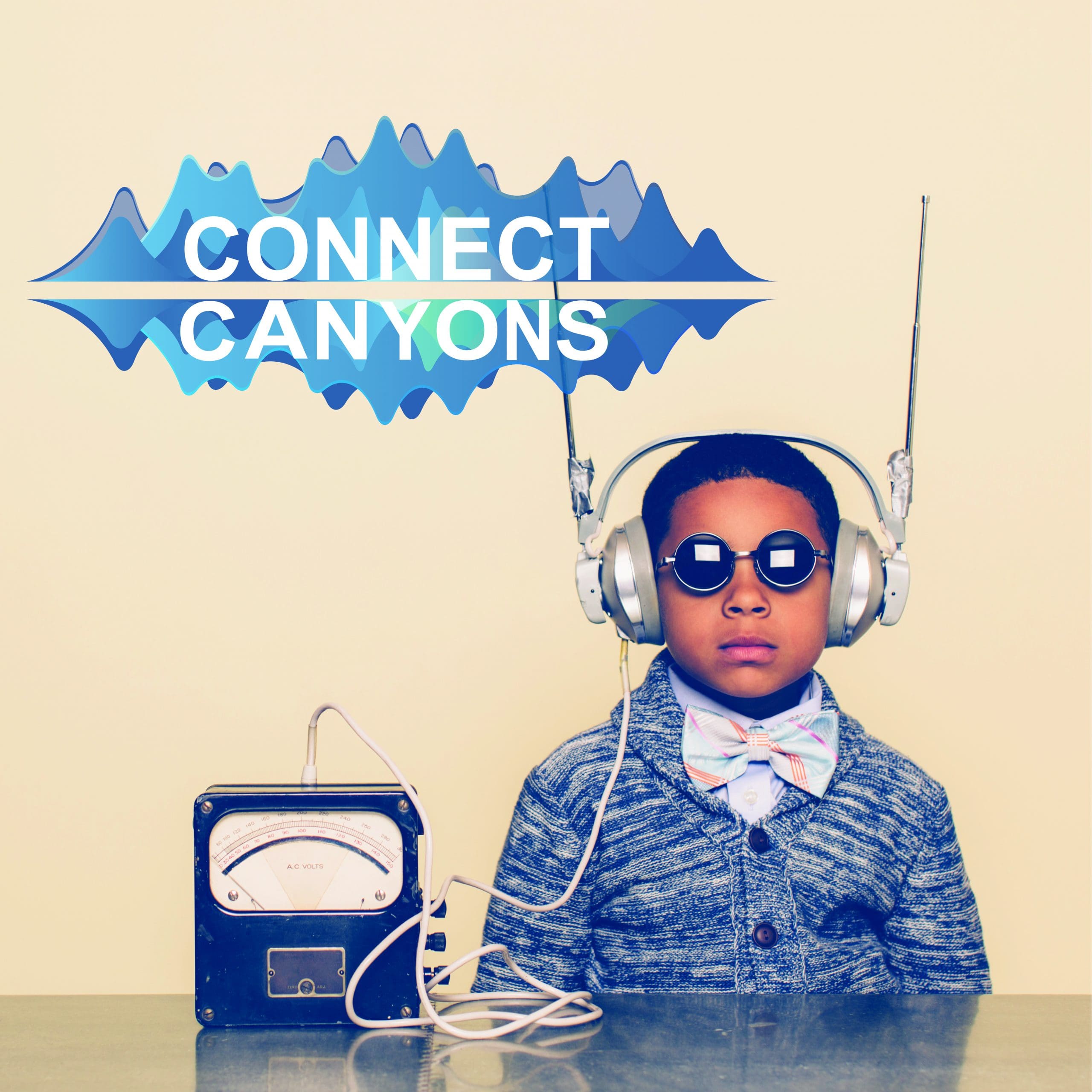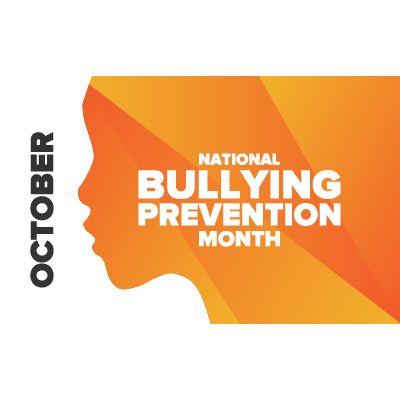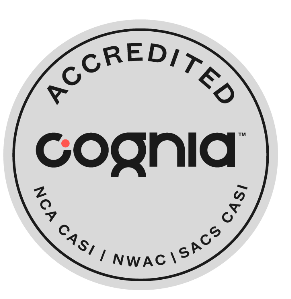The nation’s public schools are remarkably safe, and rates of bullying are on the decline.
But maintaining safe, bully-free learning environments remains a priority in Canyons District — and families can help by understanding the signs of bullying and what to do if they suspect or spot it. With October being National Bullying Prevention Month, the Connect Canyons podcast crew sat down with Alta High counselor Christine Astle to discuss steps CSD is taking to ensure all students feel safe and welcome at school.
Canyons has begun rolling out Thrive Time, a character education program created by Canyons for Canyons that helps students build resilience, set goals, make responsible decisions, and resolve conflict. Playworks coaches assist with our elementary schools to teach “safe play” strategies on playgrounds. All schools have programs in place to reward students for positive behavior, and the District promotes the SafeUT mobile safety line as a way for students or parents to confidentially report anything they see that makes them feel unsafe.
What is bullying, what are the signs that a child is being bullied, and how can parents talk to their children about bullying?
“There is a difference between simply being mean or rude,” Astle says. “Rude is when someone is inadvertently saying or doing something that hurts someone else. Mean is purposefully doing or saying something to hurt someone once or maybe twice. Bullying is intentionally aggressive behavior repeated over time that involves an imbalance of power.”
The CDC reports that nationally, one in five high school students report being bullied on school property. Younger students can also experience bullying, especially cyberbullying, which is a growing concern in middle and high schools as access to technology becomes more prevalent.
“We have a phone with us in the car, in the classroom, in the hall. I also think it’s the anonymity that makes it easier to do the bullying,” Astle says. “You know, a lot of times you can send an anonymous message, it’s easier to be mean when the person isn’t standing in front of you.”
Astle also emphasizes the important role emotions play in our behavior and to take the time to recognize and embrace those feelings.
“We all have a story, something we’re fighting in our own heads,” she says. “Everyone, at some point in their life, being the new kid in class, moving to a new state, coming from a different background than others, every human has felt different and we just need to tap into that and remember what that feels like.”
Astle says she sees a lot of Canyons students standing up for each other and reaching out to students who may be eating alone at lunch and she would like to see more of that throughout the District.
“Just be more inclusive,” Astle says. “If someone looks like they don’t have a group in class, have them join your group. Just think about how you would feel if you were the one alone.”
Parents can also get involved, if they hear of a child in their carpool or play group being bullied, talk with them about what they saw, or the reaction of the students involved.
“You can call the school,” says Astle, “You can email the counselor or teacher, parents have access to SafeUT as well.”
Astle says parents can watch for changes in their children who may be potentially bullying someone or being bullied themselves.
“It’s a big change in friends, appearance, hygiene, eating habits, sleeping habits, more time isolating themselves,” Astle says, “and that can look that way if you’re the bully or the bullied.”
Often someone who is bullying others may also be bullied by someone else and those feelings of depression or sadness are making them lash out at other students.
“It’s just good to never assume anything, ever,” says Astle, “and if something feels off, it probably is and you just need to communicate with your child. Just showing them you care, and listening to your child.”
The District has a number of measures in place to support students and parents, from the Canyons Wellness Center, to counselors in each school.
Astle says the easiest way to avoid bullying is positive reinforcement if you see a student standing up for someone, as well as empathy.
“Recognizing those bright moments,” says Astle,” as a teacher, as a parent, telling the student or child ‘I’m really proud of you for doing that,’ is the best way to get anyone to continue with that good behavior, period.”

Like What You Heard?
Check out Connect Canyons for more awesome interviews and discussions.





